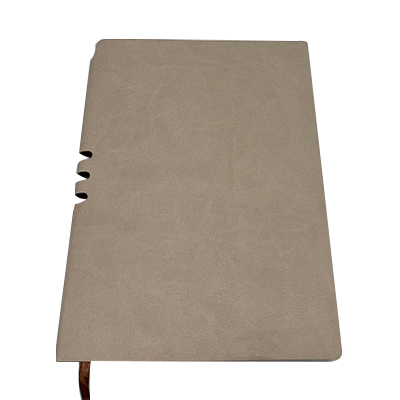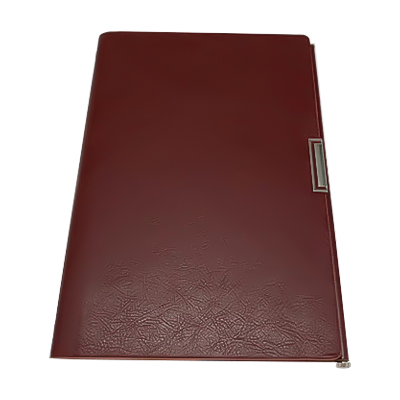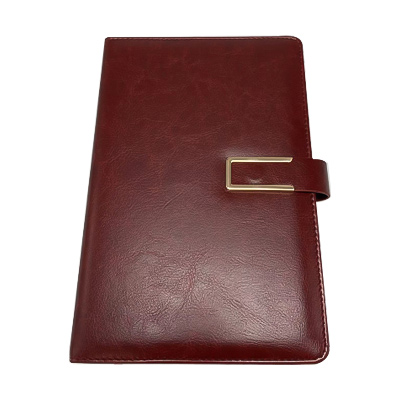1.Sustainable Material Source: The use of Paper Tableware is a prime example of harnessing a sustainable material source. Paper is predominantly derived from renewable resources such as responsibly managed forests and recycled paper products. Forest certification programs, like those established by the Forest Stewardship Council (FSC), ensure that the paper used in tableware comes from sources committed to sustainable forestry practices. By opting for paper, consumers contribute to the preservation of forests and support an industry that actively engages in environmentally conscious material sourcing.
2.Biodegradability: The biodegradability of paper tableware is a significant environmental benefit. Unlike non-biodegradable materials such as plastics, paper decomposes naturally, returning to the environment without leaving long-lasting traces. This process prevents the accumulation of waste and supports ecosystems. For instance, in composting facilities, paper-based tableware can break down into nutrient-rich organic matter, enriching soil quality. This biodegradability feature aligns with the principles of a circular economy, where products have a natural end-of-life cycle that complements and supports environmental processes.
3.Reduced Carbon Footprint: Opting for paper-based tableware helps in reducing the overall carbon footprint compared to alternative materials like plastic or styrofoam. The production of paper typically involves lower energy requirements, and advancements in technology have led to more energy-efficient manufacturing processes. For example, some paper mills utilize sustainable energy sources such as biomass or hydroelectric power, further diminishing the environmental impact. This emphasis on energy efficiency not only minimizes carbon emissions but also positions paper tableware as a more environmentally responsible choice in comparison to alternatives with higher energy demands.
4.Forest Stewardship: Responsible forest management is crucial for the eco-friendliness of paper used in tableware. Forest certification programs, such as FSC, ensure that paper comes from forests managed with environmental, social, and economic considerations. For instance, certified forests adhere to practices that protect biodiversity, prevent deforestation, and respect the rights of local communities. By supporting paper tableware sourced from responsibly managed forests, consumers play a role in fostering sustainable forestry practices and maintaining the health of global ecosystems.
5.Energy Efficiency: The production of paper-based tableware has undergone significant improvements in energy efficiency. Modern paper mills often integrate advanced technologies that reduce energy consumption during the various stages of production. Additionally, the use of recycled paper in tableware manufacturing requires less energy compared to the production of virgin paper. Some facilities also invest in energy-efficient equipment, such as high-efficiency boilers and heat recovery systems, to further minimize their environmental impact. These energy-saving measures showcase the industry's commitment to reducing its carbon footprint and operating in an environmentally responsible manner.
6.Water Conservation: Water conservation is a key consideration in the production of paper-based tableware. Manufacturers employ water management practices to minimize usage and implement recycling systems to treat and reuse water during production processes. For instance, closed-loop water systems capture and filter water for reuse, reducing the demand for freshwater resources. This commitment to water conservation not only aligns with environmental sustainability but also addresses concerns related to water scarcity in regions where paper production facilities operate. By prioritizing water-efficient practices, the paper tableware industry contributes to responsible resource management and environmental stewardship.
7.Recyclability: One of the noteworthy aspects of paper tableware is its recyclability, which supports the principles of the circular economy. Paper plates, cups, and other items can be easily collected and recycled into new paper products. Recycling programs, both at the consumer and industrial levels, play a crucial role in diverting paper tableware from landfills. For example, used paper plates can be collected in recycling bins, sent to recycling facilities, and processed into recycled paper pulp. This closed-loop system not only reduces the demand for virgin materials but also minimizes the environmental impact associated with the extraction and processing of raw resources.
Printed paper take away box 2
Package your food the right way for to-go orders or deliveries. This paper takeout container has flaps that open wide for quick food placement and is made of sturdy material that keeps your food from getting dirty or wet until arrival. This container is microwave safe and retains heat while venting steam through the corners to keep food fresh and ready to eat. It has a poly coated interior to prevent oil and grease from soaking through and is leak and spill-resistant, making it great to use for both wet and dry foods.
Printed paper take away box 2
Package your food the right way for to-go orders or deliveries. This paper takeout container has flaps that open wide for quick food placement and is made of sturdy material that keeps your food from getting dirty or wet until arrival. This container is microwave safe and retains heat while venting steam through the corners to keep food fresh and ready to eat. It has a poly coated interior to prevent oil and grease from soaking through and is leak and spill-resistant, making it great to use for both wet and dry foods.

 English
English Deutsch
Deutsch Français
Français Español
Español русский
русский عربى
عربى





